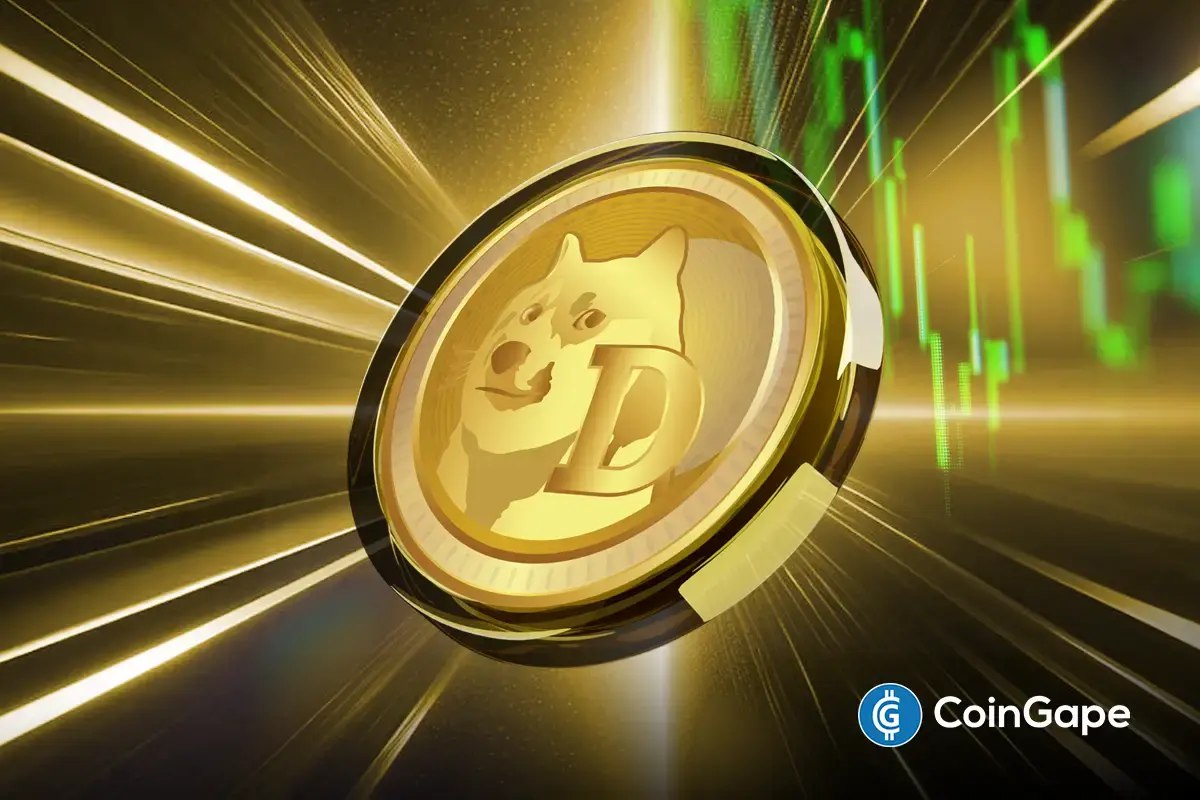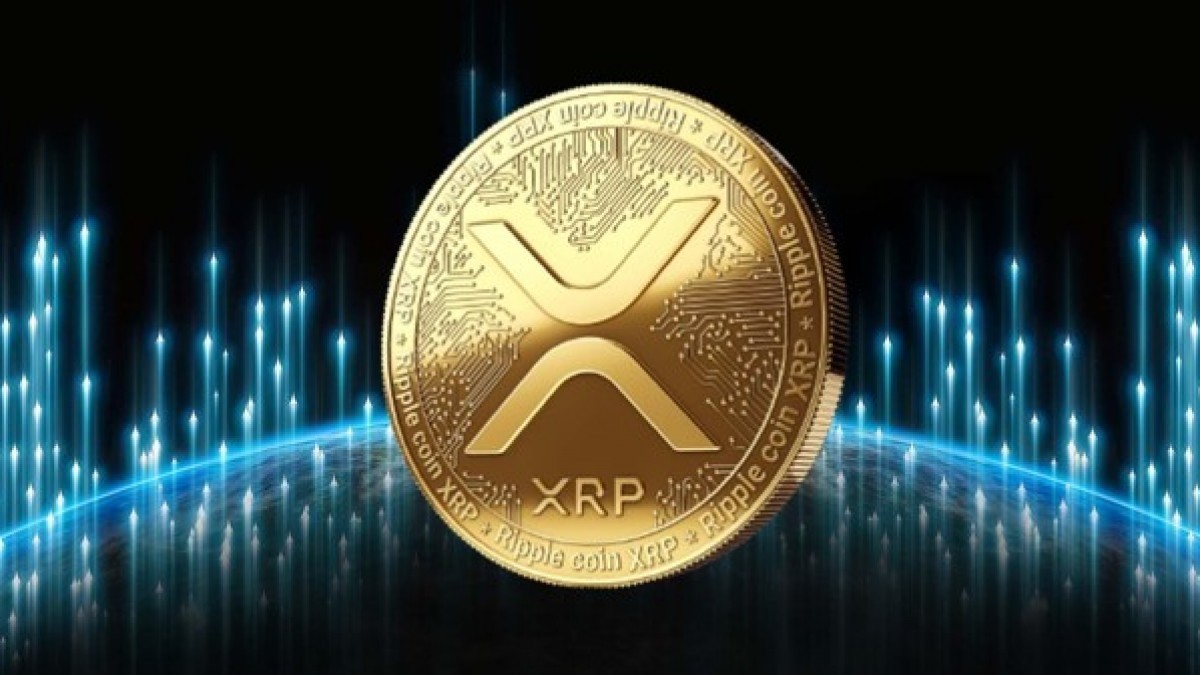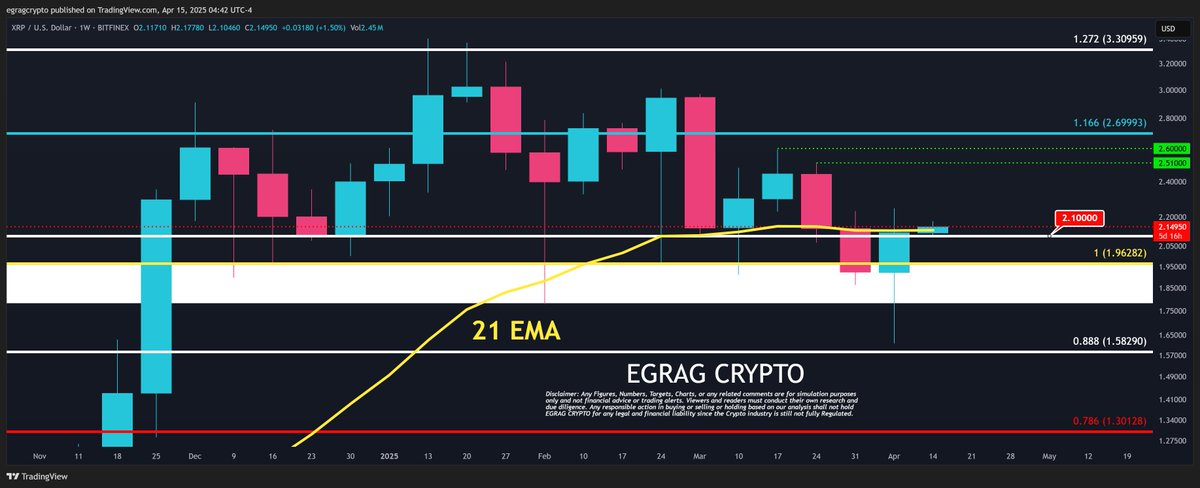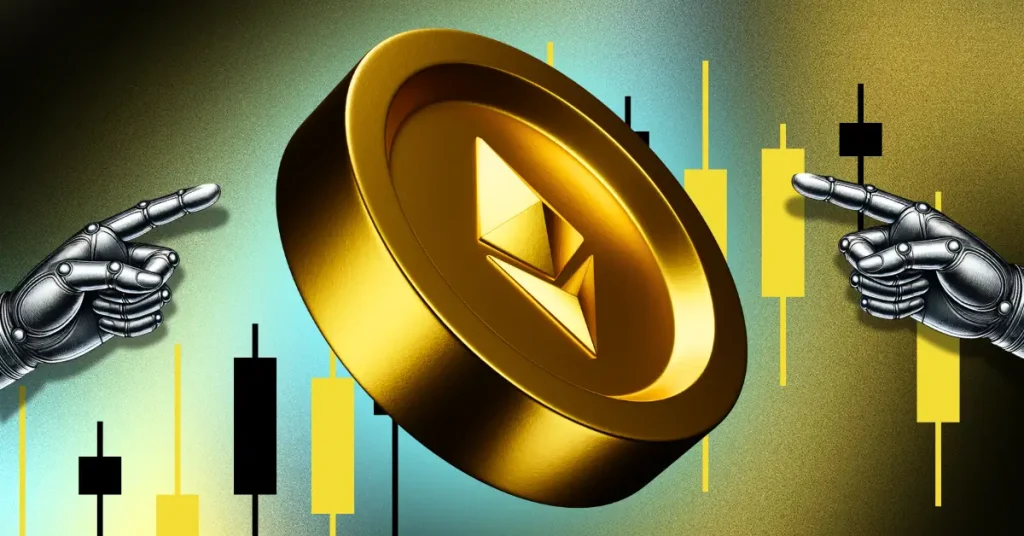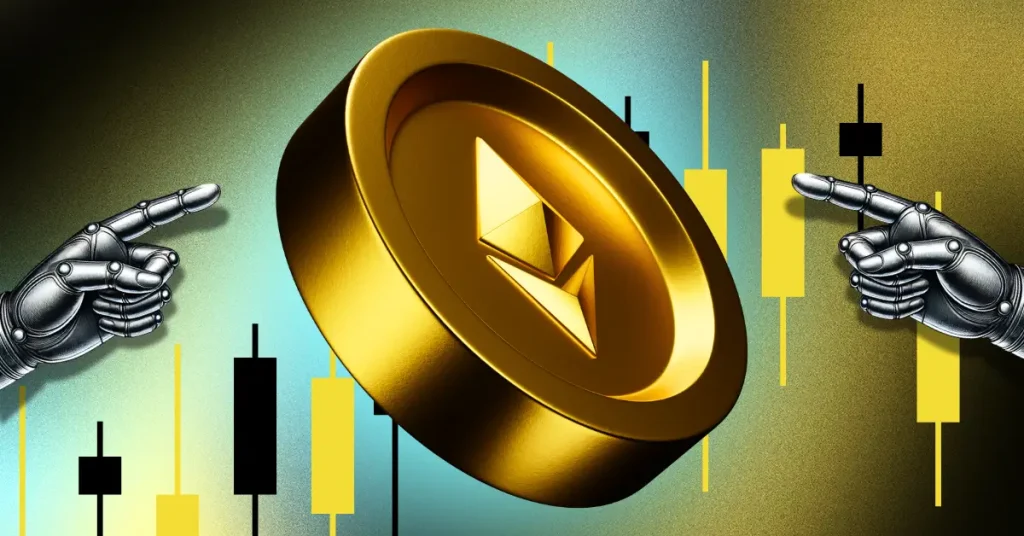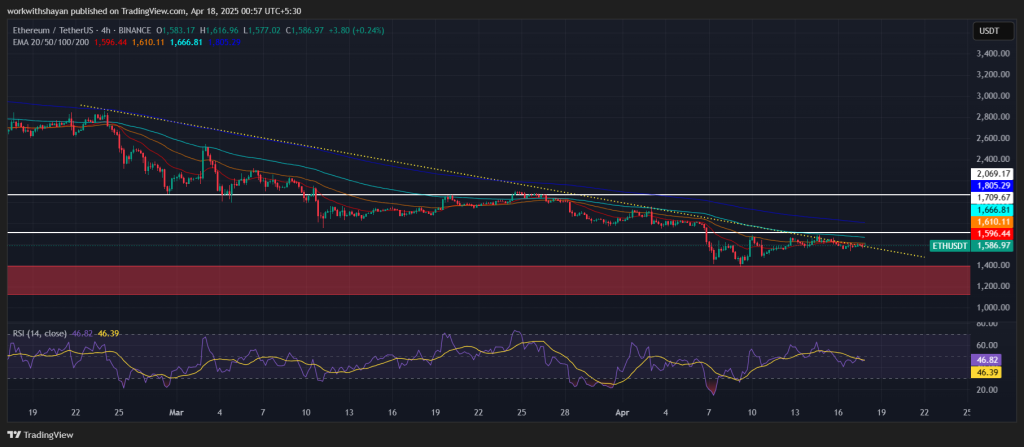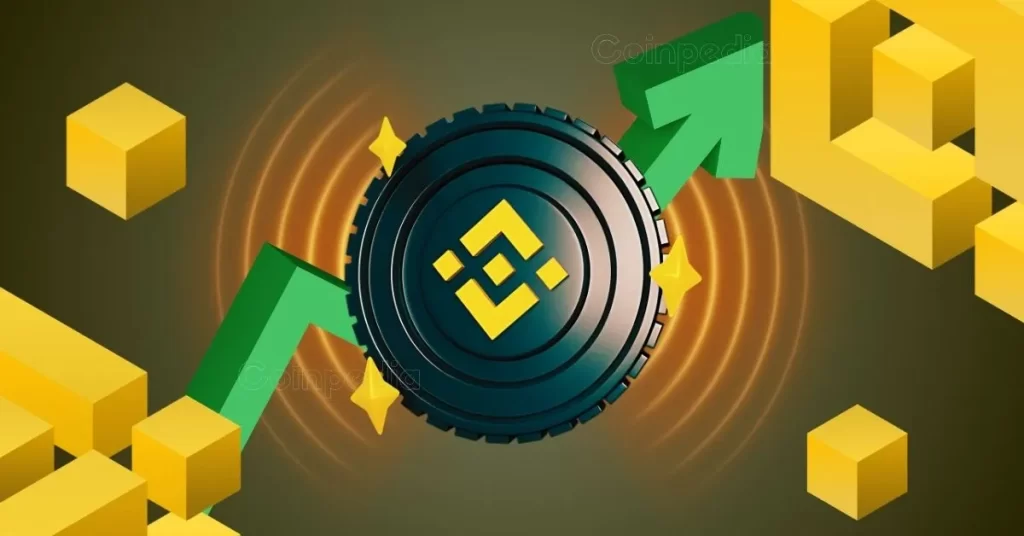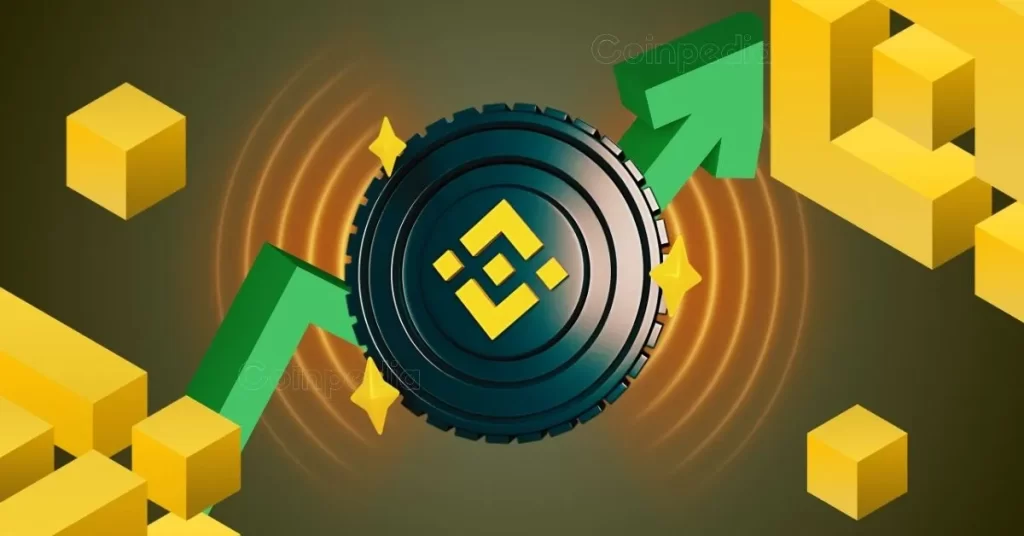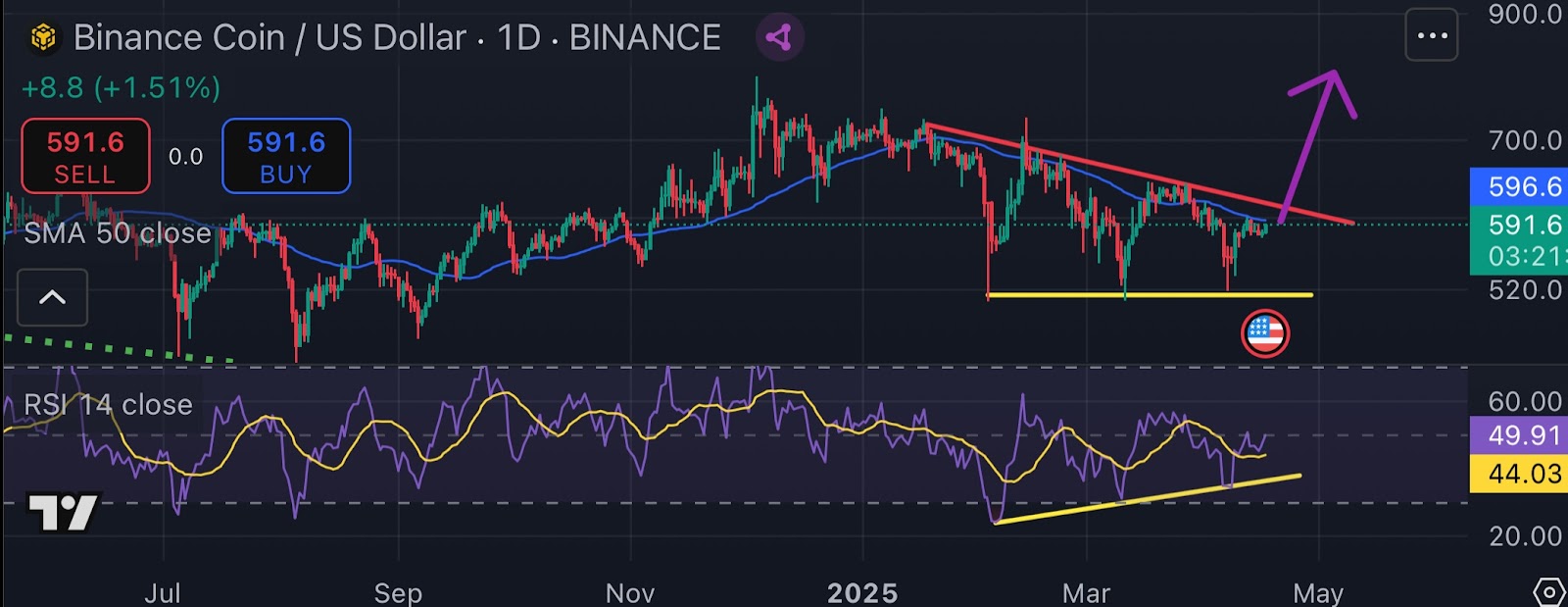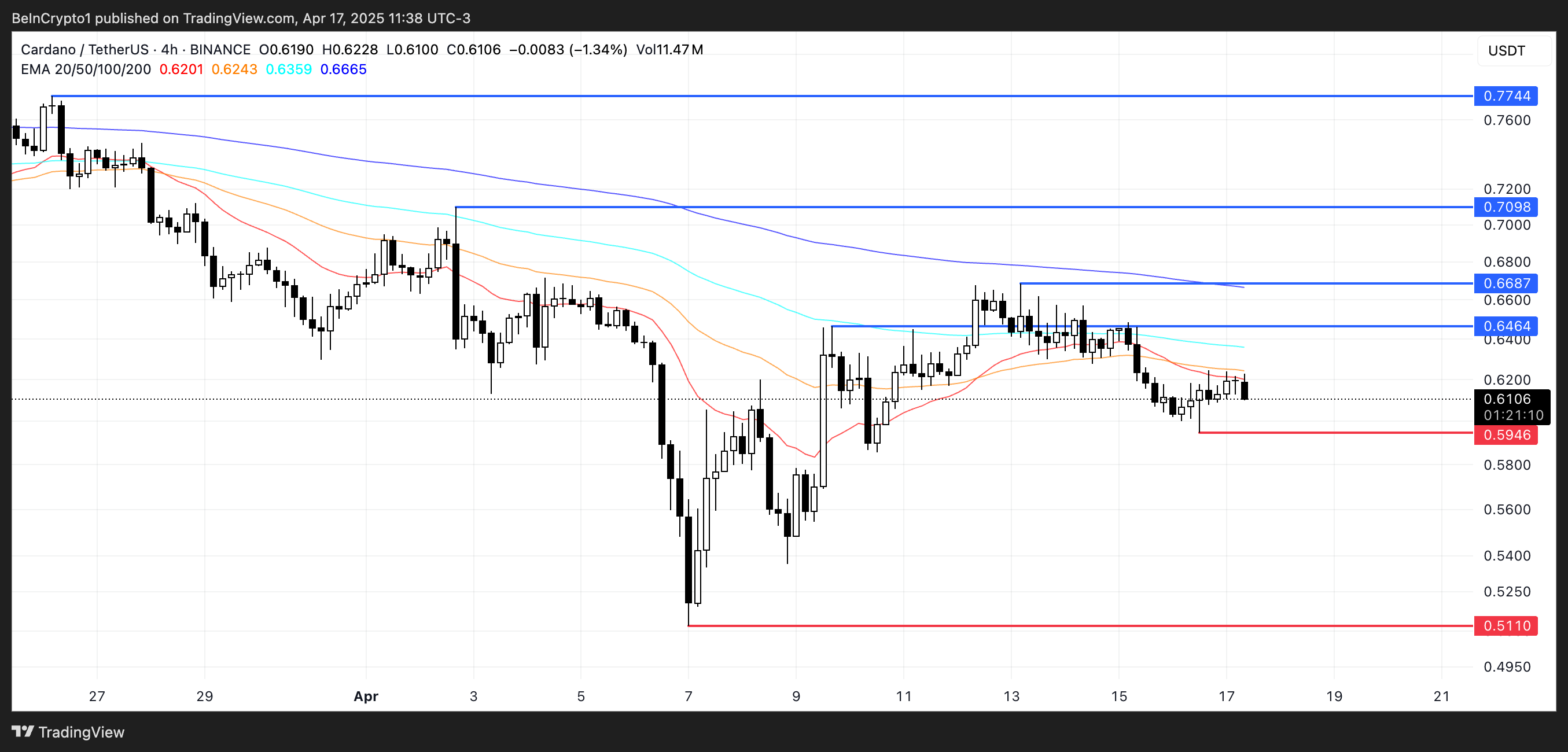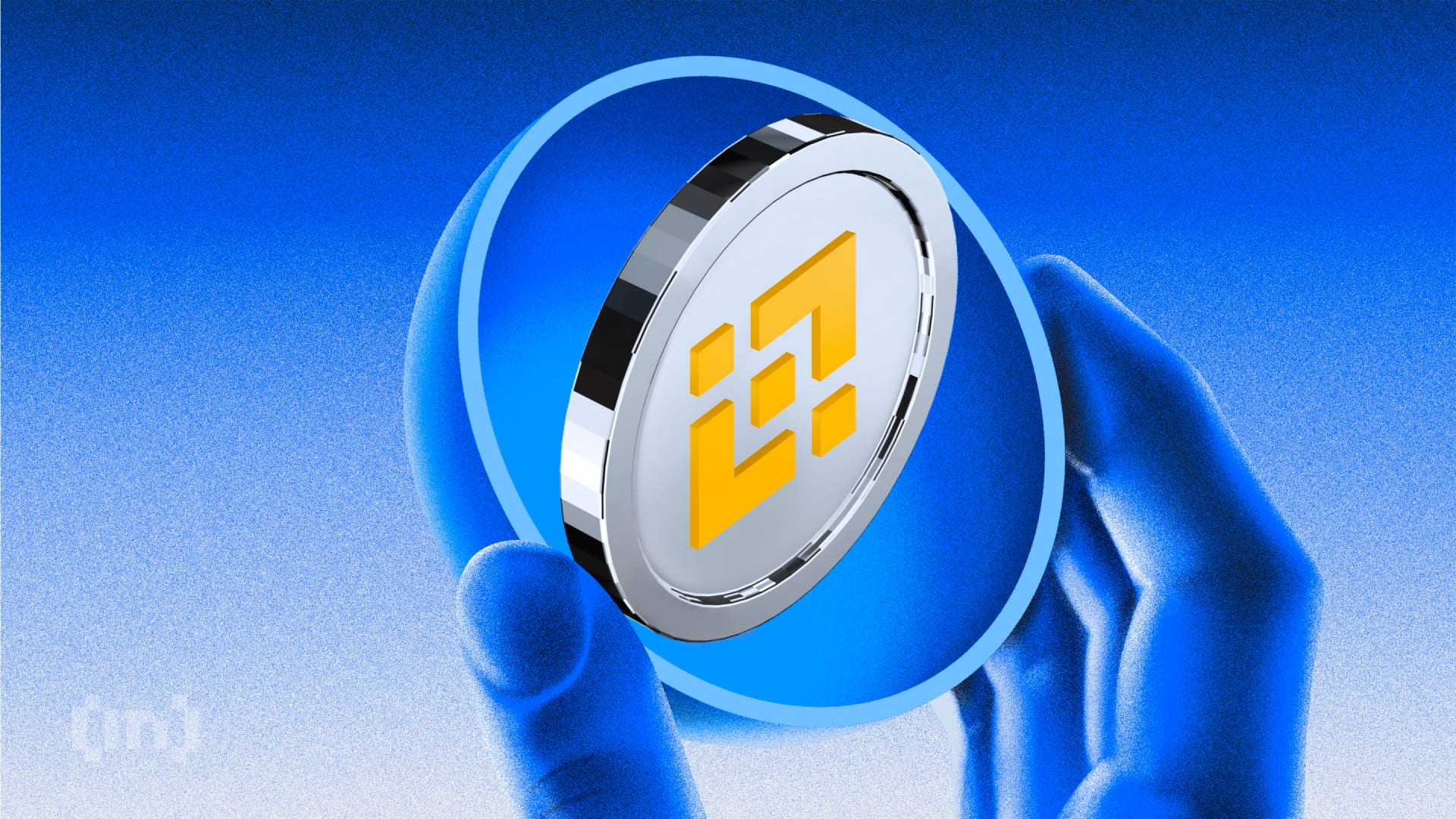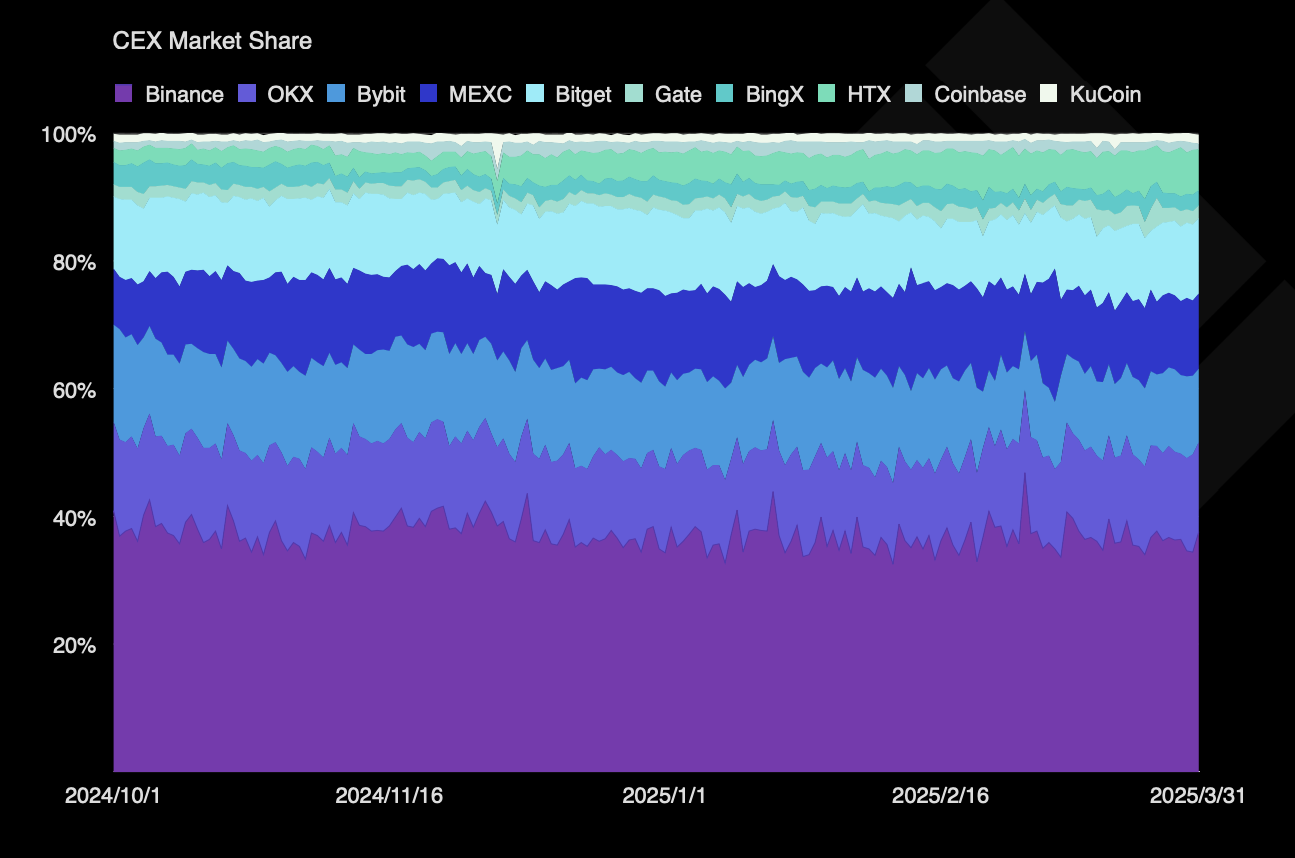Ethereum Layer 2 Arbitrum Unveils New Chain For RWA: Details

Ethereum Layer-2 protocol Arbitrum has launched Converge, a new blockchain designed to serve as a settlement layer for tokenized real-world assets (RWAs) and on-chain finance. Created by Ethena Labs and Securitize, Converge aims to bring billions of dollars in stable assets into decentralized finance (DeFi).
Arbitrum Converge: Key Details to Note
The Ethereum layer-two (L2) scaling solution revealed that Converge was specifically developed to support the tokenization of real-world asset and related financial applications.
Per the update, the network will use Celestia’s modular data availability layer, which ensures faster, more reliable data processing. Two key stablecoins, USDe and USDtb, will serve as gas tokens, providing stability in transaction fees.
Converge, the next Arbitrum chain.
Built by @ethena_labs and @securitize, @convergeonchain will serve as the settlement layer for onchain finance & RWAs w/ @celestia underneath.
$7b in dollarized asset liquidity such as USDe and Blackrock BUIDL will be ready to flow into DeFi. pic.twitter.com/bVJ6ylM0c3
— Arbitrum (@arbitrum) April 17, 2025
Initially, the chain will operate with 100ms block times, with upgrades planned to bring block times down to just 50ms. Validators will secure the network using sENA. In addition to this, Converge will host major decentralized finance applications. These include DApps such as Ethereal DEX, with plans for more appchains.
Furthermore, the planned Stylus upgrade will allow developers to write smart contracts using Solidity, Rust, C, and C++. This broader programming language support ensures more efficient and scalable application development.
The assets of Ethena Labs, worth $5 billion, and those managed by Securitize, totaling $2 billion, will be moved onto Converge. Per the design, this will significantly boost its liquidity.
Ethereum Layer 2 and Competition
Beyond Arbitrum, it is worth noting that Layer 2 solutions have seen growing adoption. For example, Ethereum Mainnet averaged just 14.10 User Operations Per Second (UOPS) last year.
In comparison, Base achieved 83.99 UOPS, peaking at 155.44 on January 1, 2025. It processed over 221 million operations in 30 days, the highest among L2 networks per L2Beat data.
Arbitrum One recorded a 35.9% decline in 30-day usage, with current UOPS at 21.71. Despite this, the network’s infrastructure remains a strong contender, and rollup activity saw a surge towards the end of 2024, showing growing trust in L2 solutions.
Arbitrum Price Outlook
Recent reports indicate that U.S.-based trading platform Robinhood has added Arbitrum (ARB) to its list of tradable cryptocurrencies. The listing led to a 14% price rally for the Ethereum layer-2 network.
As of this publication, CoinMarketCap shows the Arbitrum price was trading at $0.2808, with a slight 0.11% positive change in the past 24 hours. Additionally, trading volume has risen by 6.84%, reaching approximately $115.38 million.
Based on market perception, the launch of Converge could drive more interest and engagement, which may positively impact ARB’s price in the near future.
Beyond Converge, the next major development being watched is the Ethereum Pectra upgrade, which is billed to go live on the mainnet by May 7.
The post Ethereum Layer 2 Arbitrum Unveils New Chain For RWA: Details appeared first on CoinGape.


